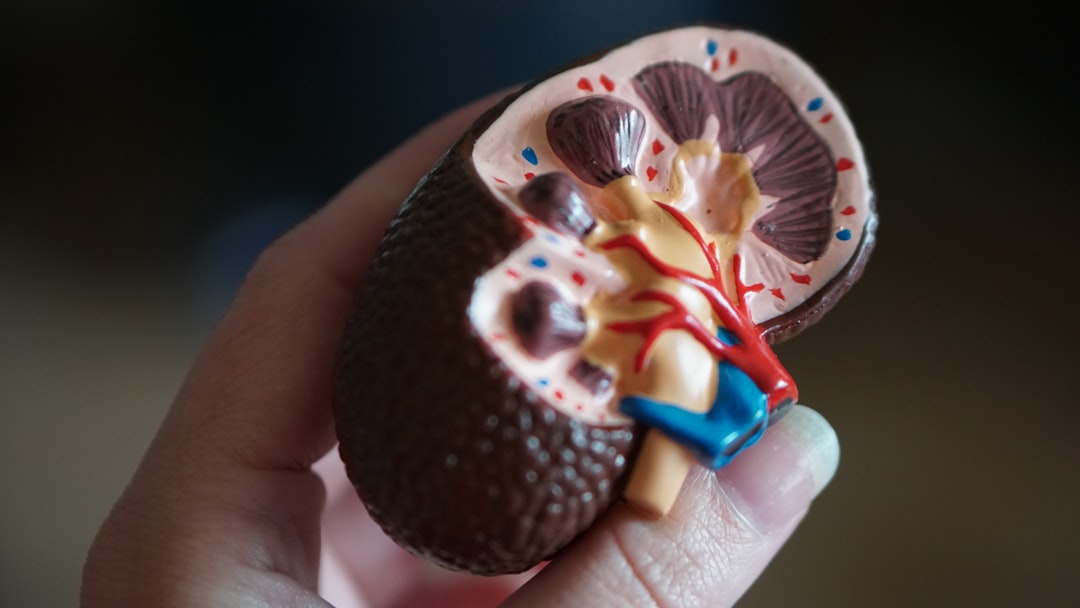What is it about?
In bacteria, the RNA chaperone Hfq enables pairing of small regulatory RNAs with their target mRNAs and therefore is a key player of post-transcriptional regulation network. The role of Hfq chaperone on the physiology and virulence of Yersinia enterocolitica O:3 was studied by comparing the transcriptomes and proteomes of the hfq bacteria to those of wild type bacteria. We found that many of the phenotypic alterations in the hfq mutant were due to strong derepression of the rovM gene that encodes a transcriptional regulator. Indeed, in the rovM hfq double mutant several of the observed phenotypes were reversed. These included changes in the LPS structure, motility, biofilm formation and utilization of sugars. Furthermore, we showed that loss of Hfq attenuates the bacteria in mouse infection experiments.
Featured Image
Read the Original
This page is a summary of: Several Hfq-dependent alterations in physiology ofYersinia enterocoliticaO:3 are mediated by derepression of the transcriptional regulator RovM, Molecular Microbiology, January 2017, Wiley,
DOI: 10.1111/mmi.13610.
You can read the full text:
Contributors
The following have contributed to this page










